Our Stories
Recent Articles
Behind the Scenes
Tools of the Trade: Sheet Metal
The AOC's Capitol Building Sheet Metal Shop craftspeople utilize traditional, handheld tools alongside current technologies to shape, fit and repair metalworks.
Behind the Scenes
Shedding Light on the Invisible Details of the Capitol Campus
Understanding light and how it works is an important aspect of the Architect of the Capitol (AOC) Photography and Technical Imaging Branch day-to-day operations.
Behind the Scenes
The People's Gardens
Take a stroll through our pictorial tour to experience the beauty of these unique garden beds and meet a few members of the jurisdiction's Gardening team that work hard year-round to keep the Capitol campus looking beautiful.
Behind the Scenes
Hanami on the Hill: Cherry Blossom Season on U.S. Capitol Grounds
Nestled on the grounds of the U.S. Capitol, these trees stand as a symbol of renewal and spring. A few of the oldest recently received some unique preservation care.
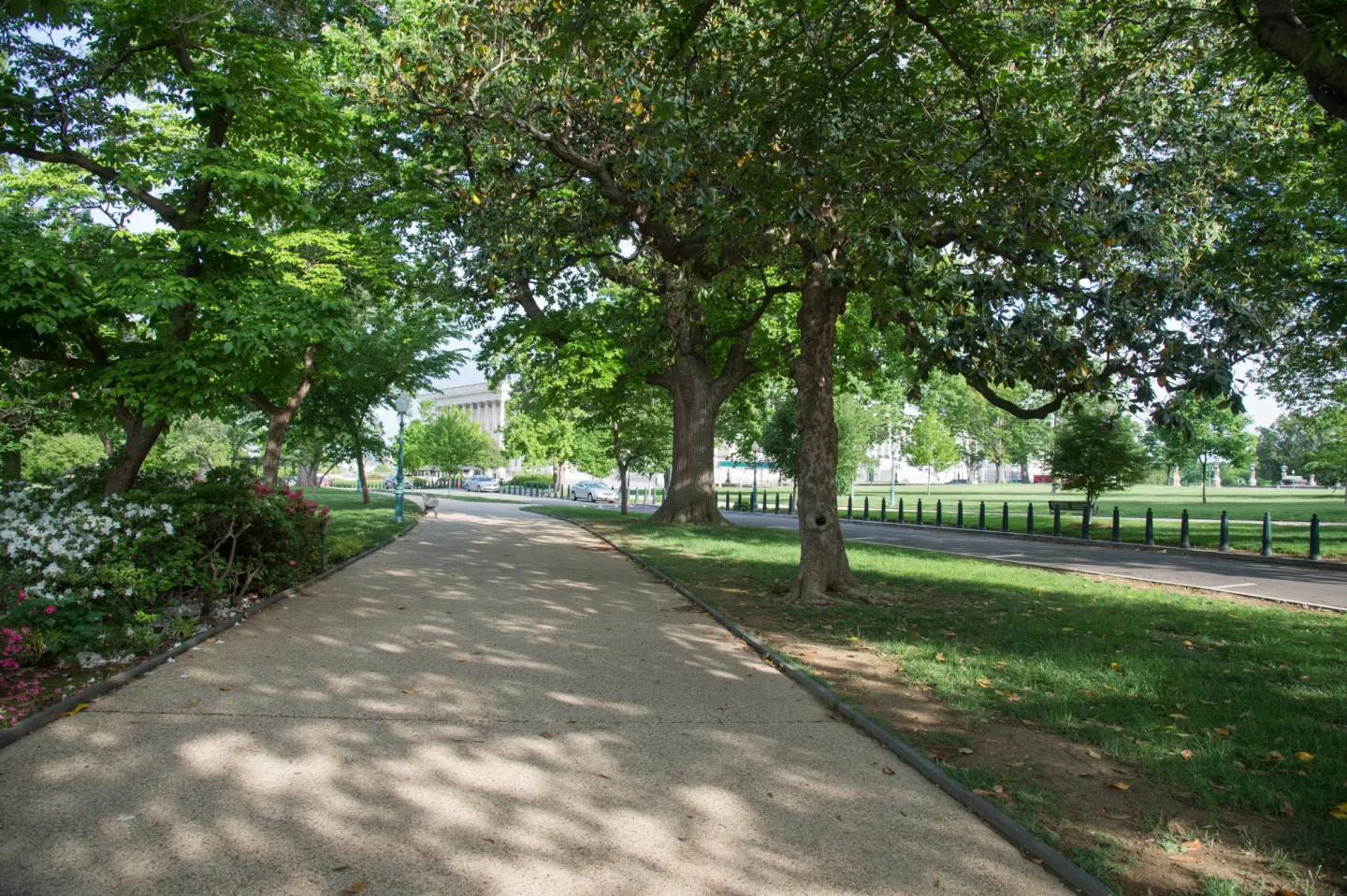
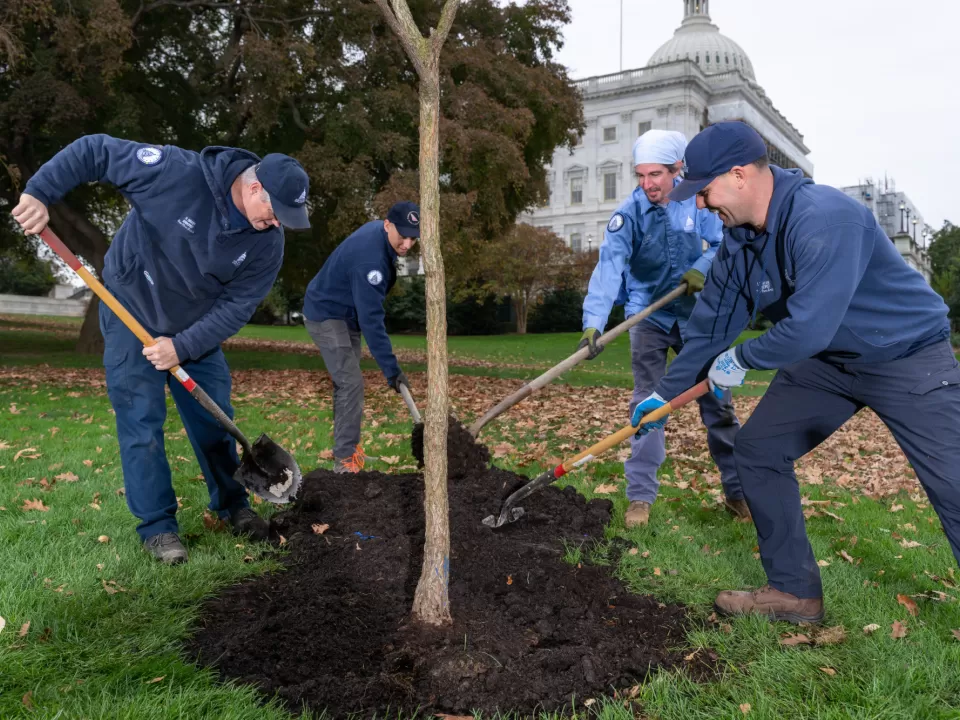
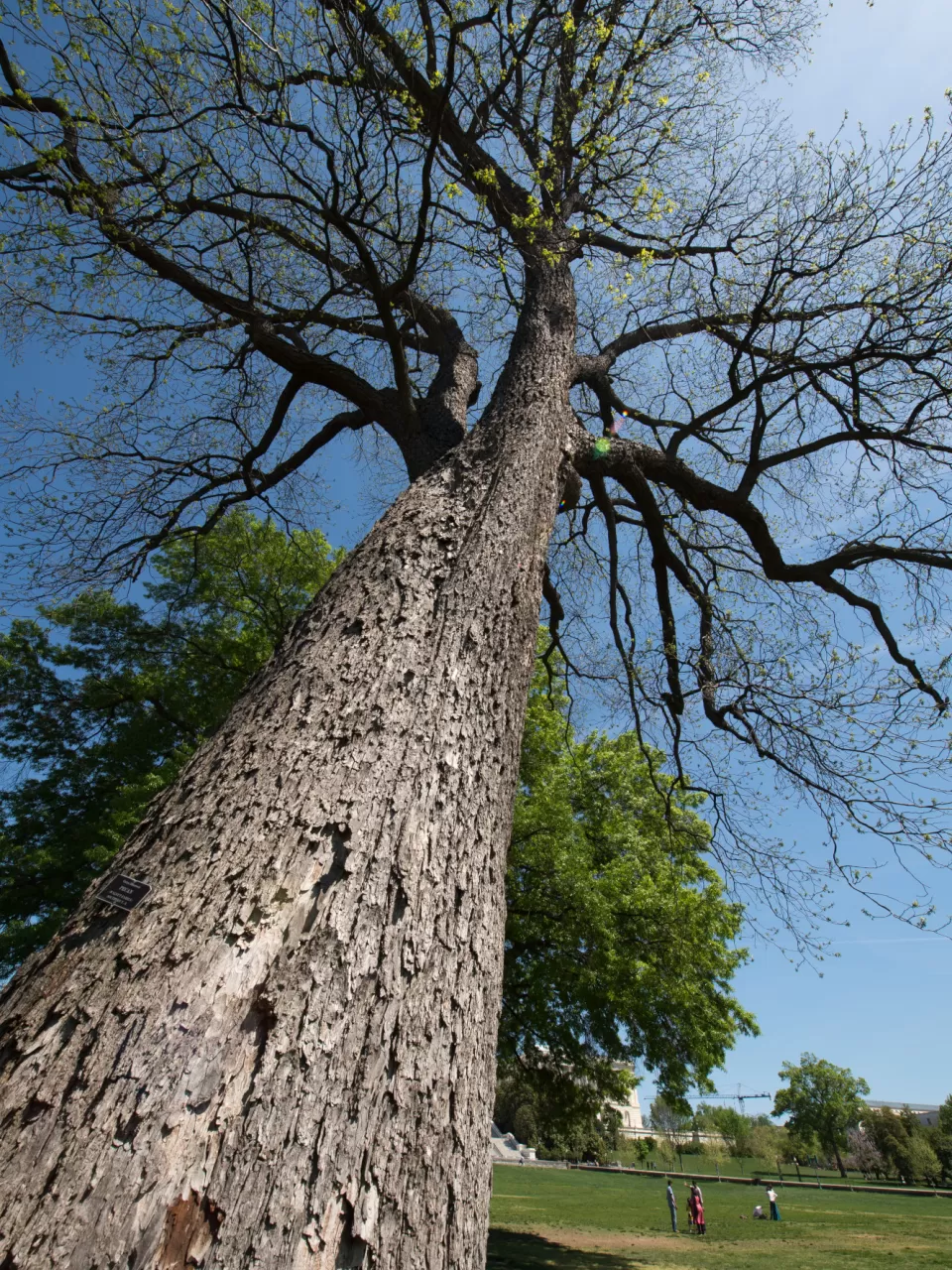
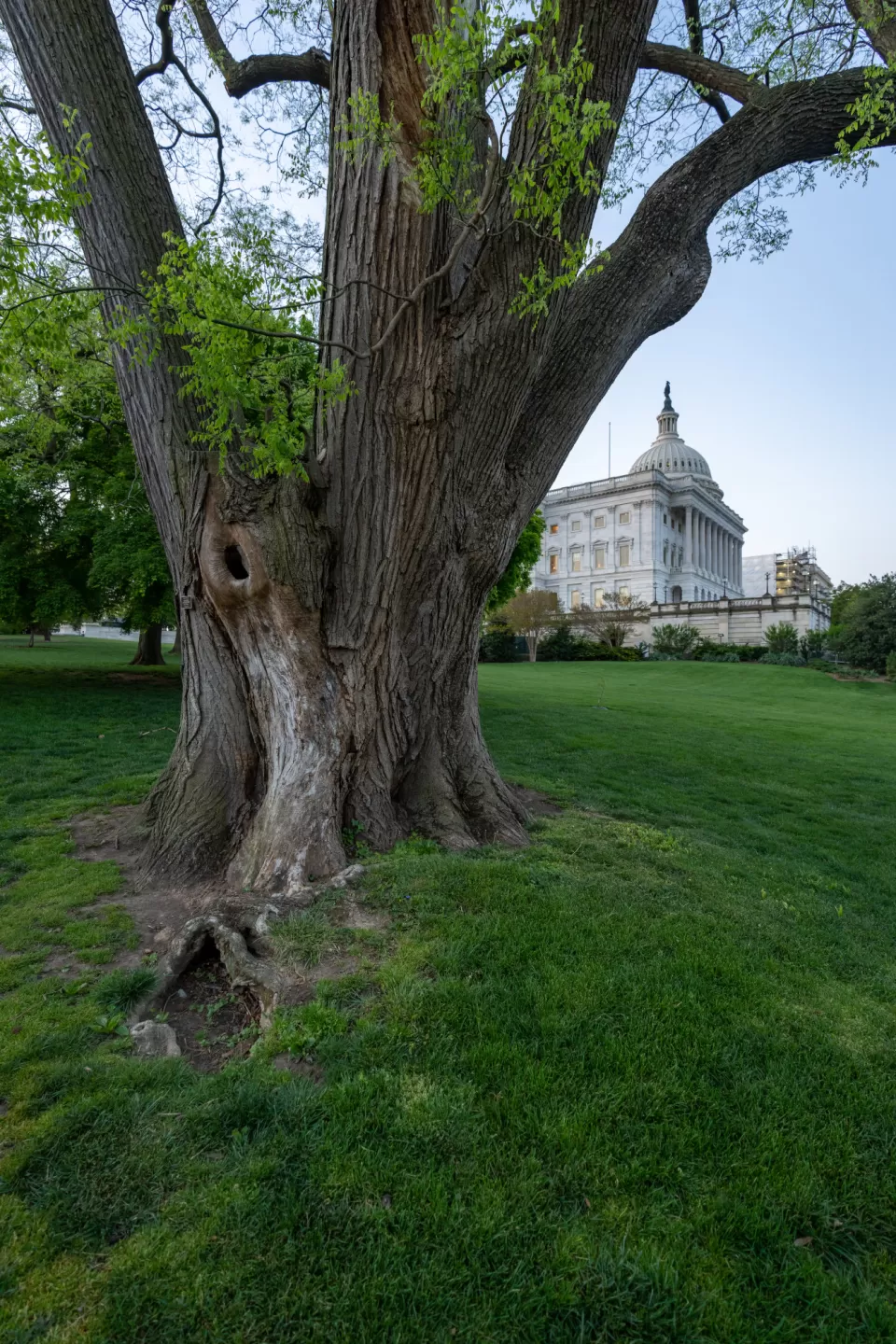
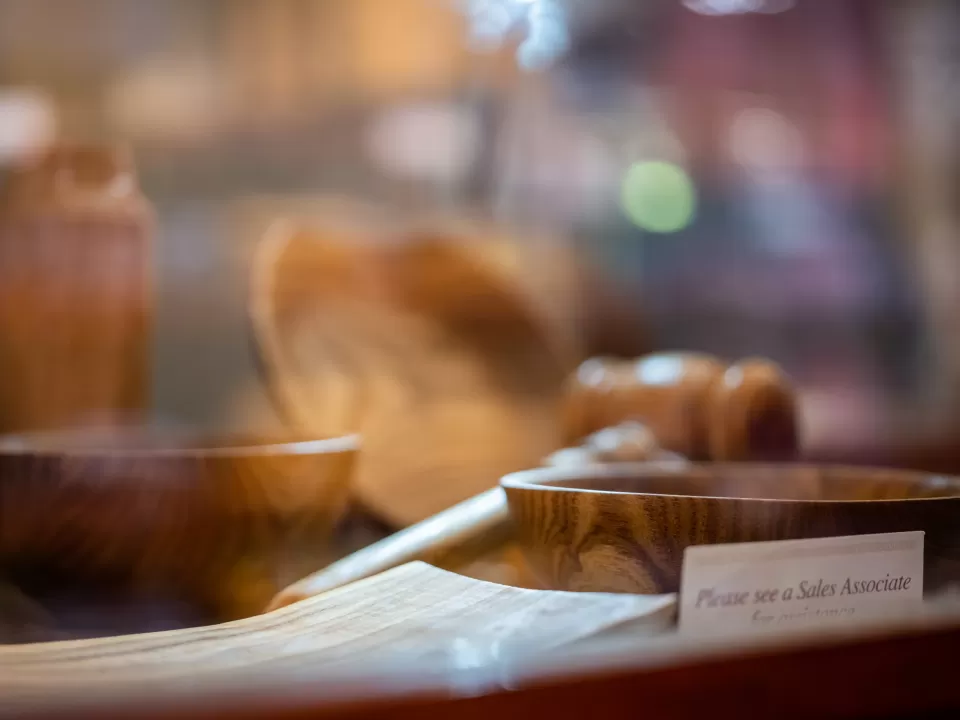
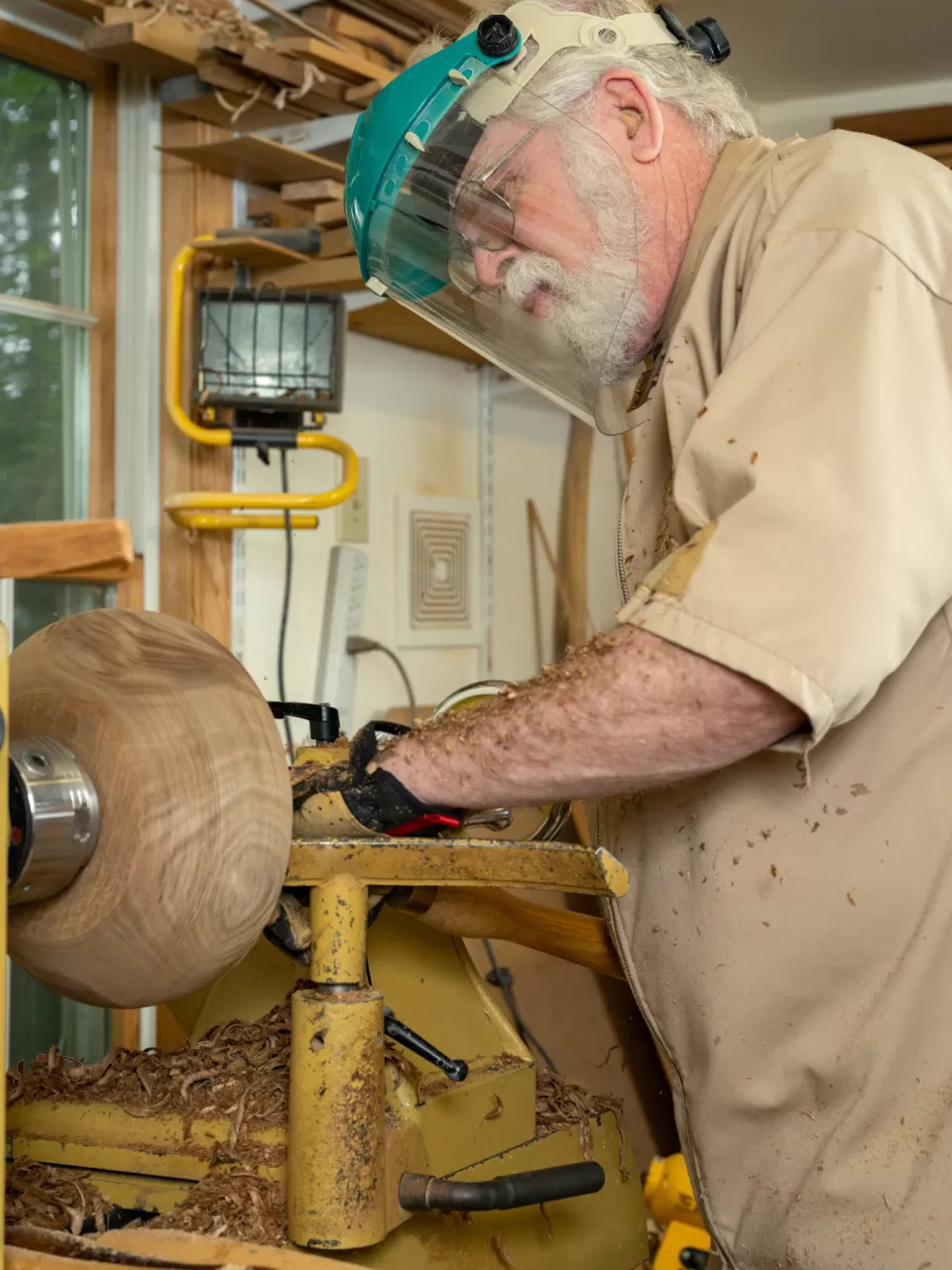
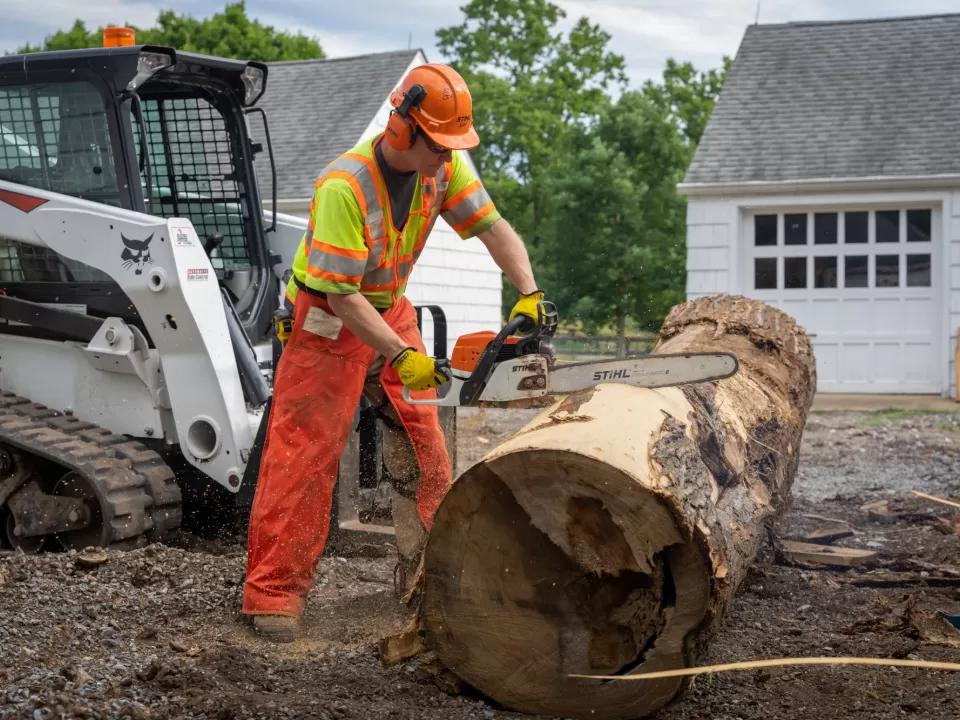
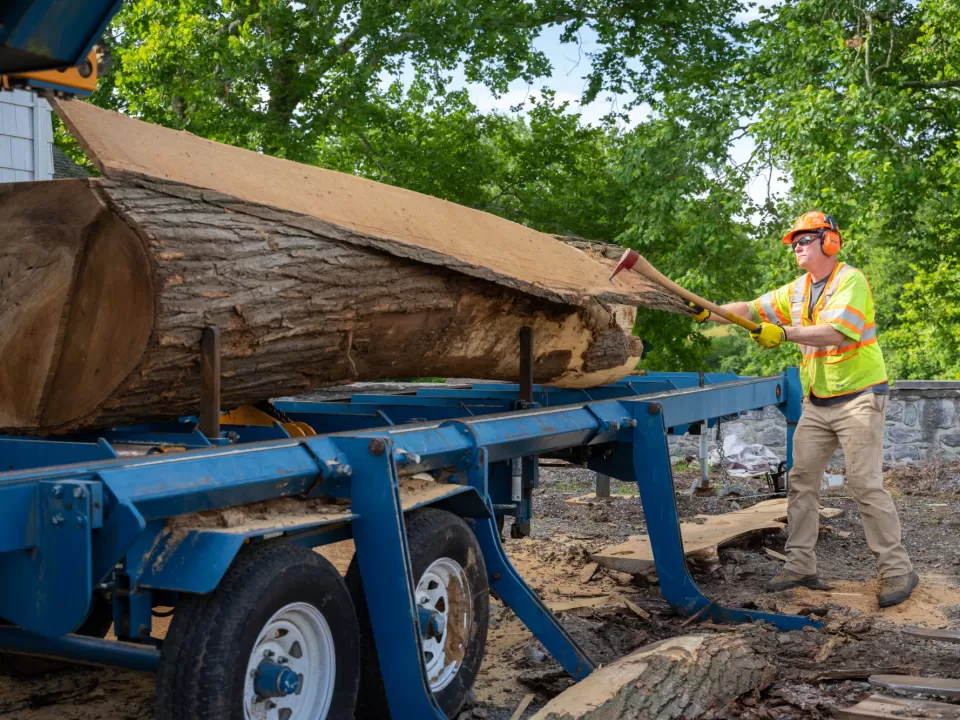
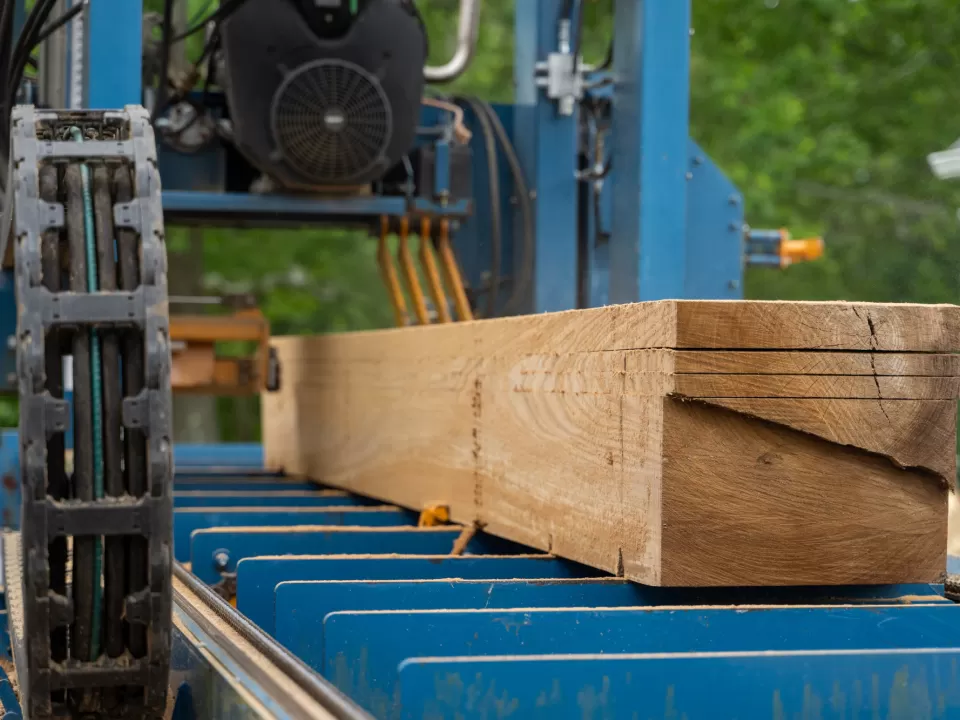
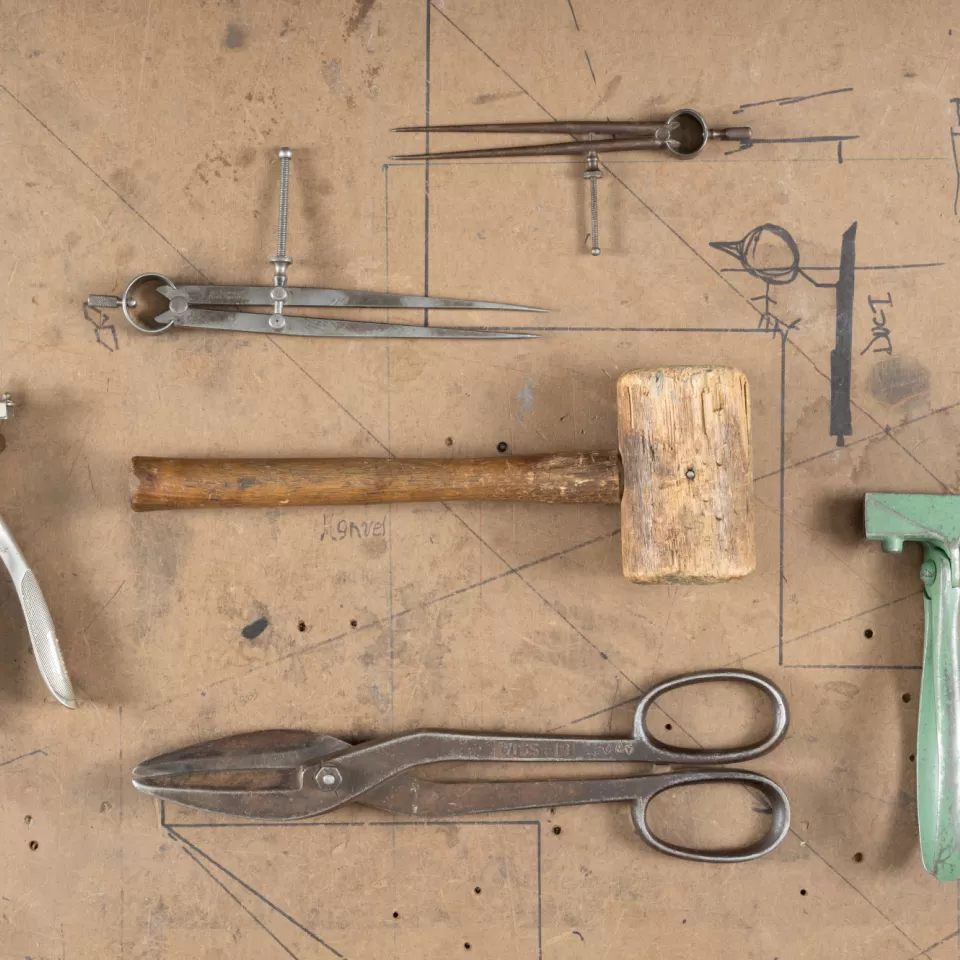
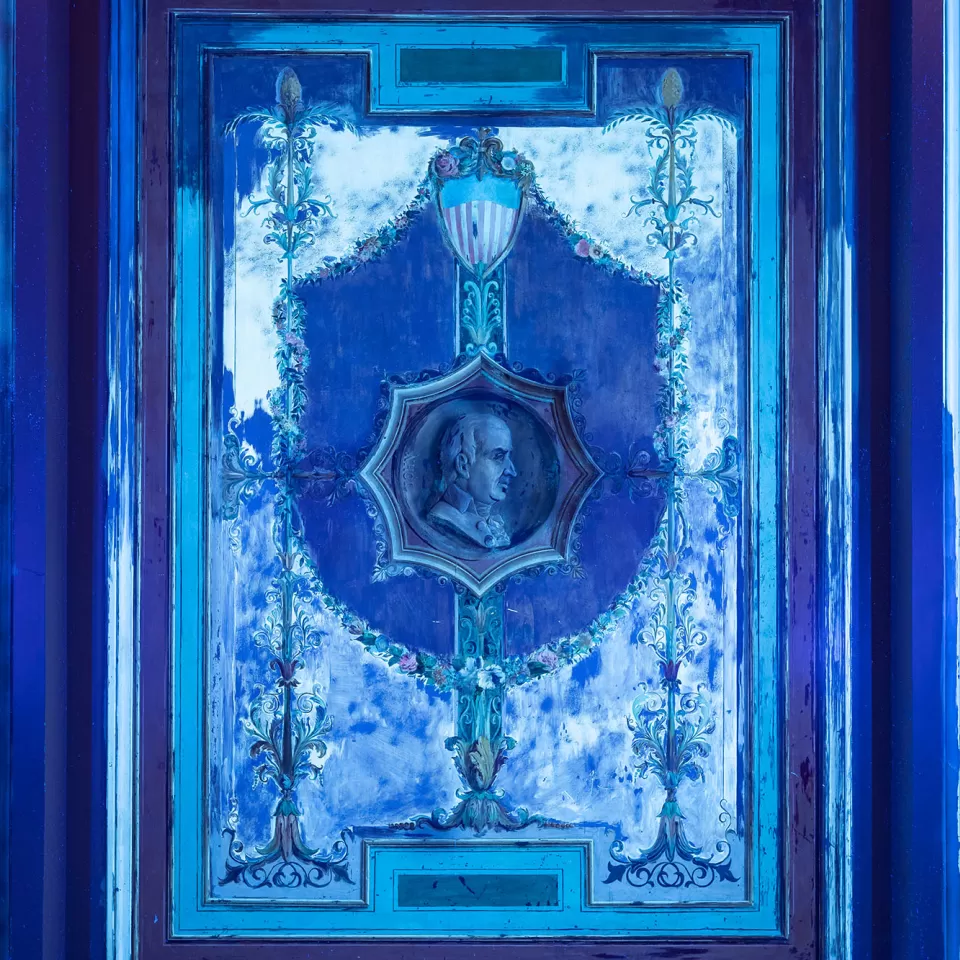
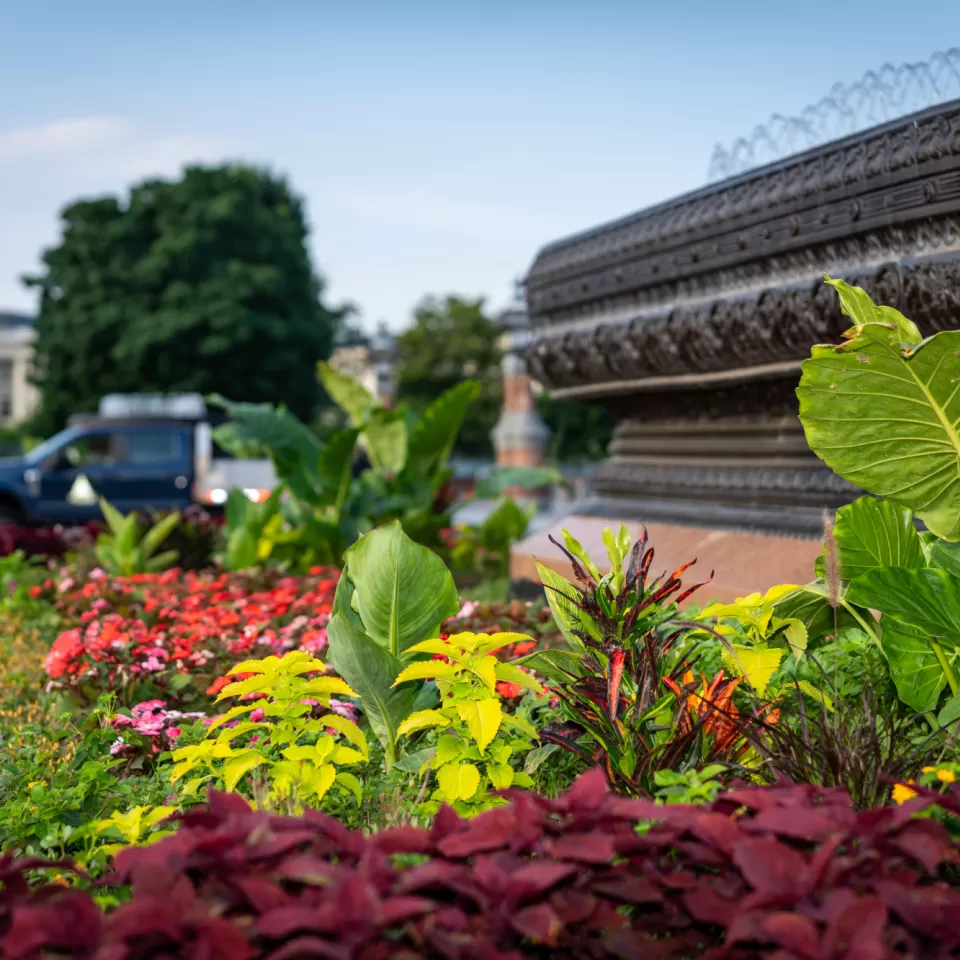
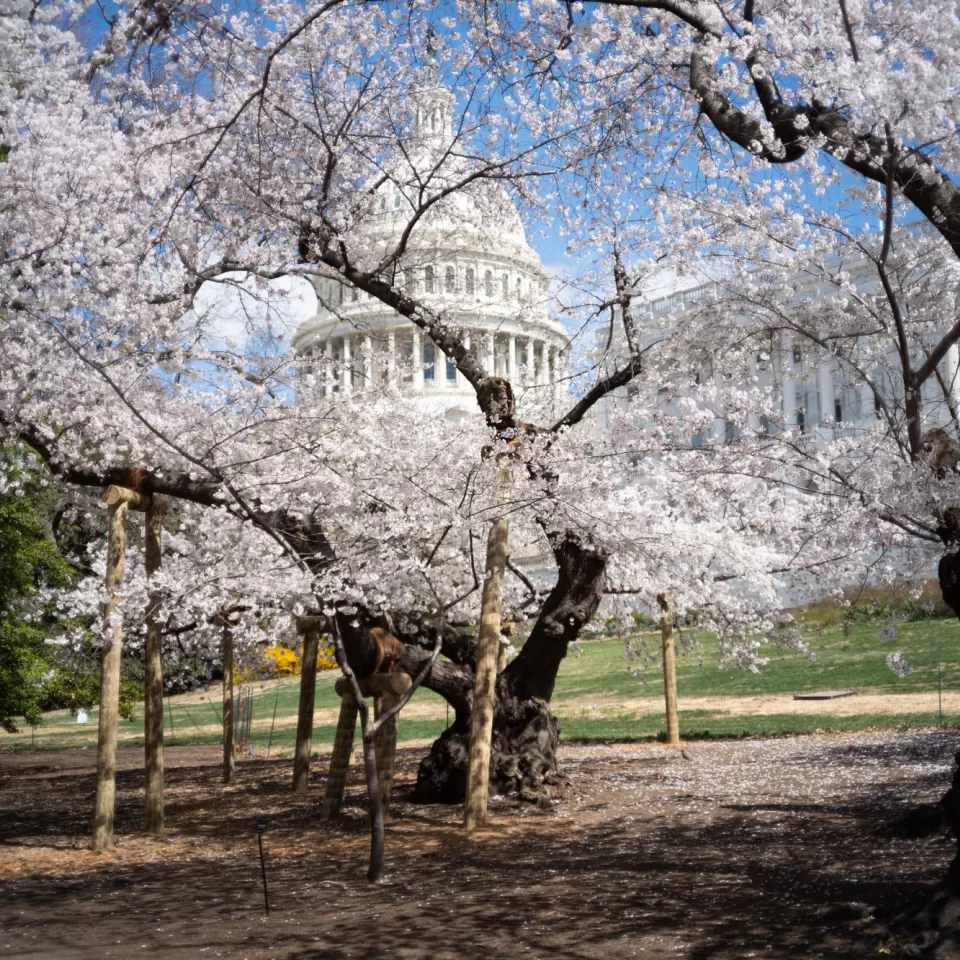
Comments
Enlightened. Well done!
Do you have a tree map of the capitol grounds?
Great, informative article on the Capitol Grounds which are taken for granted...
Add new comment